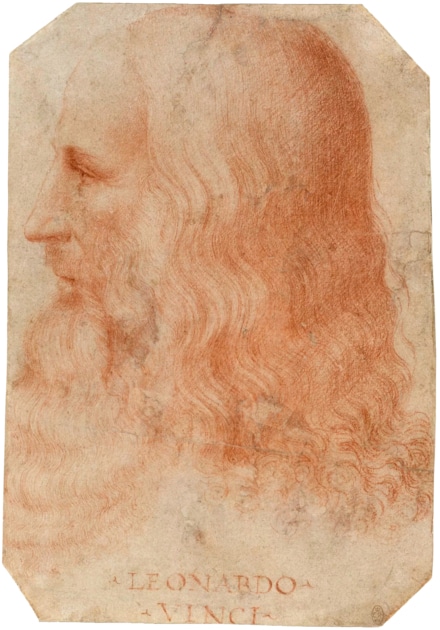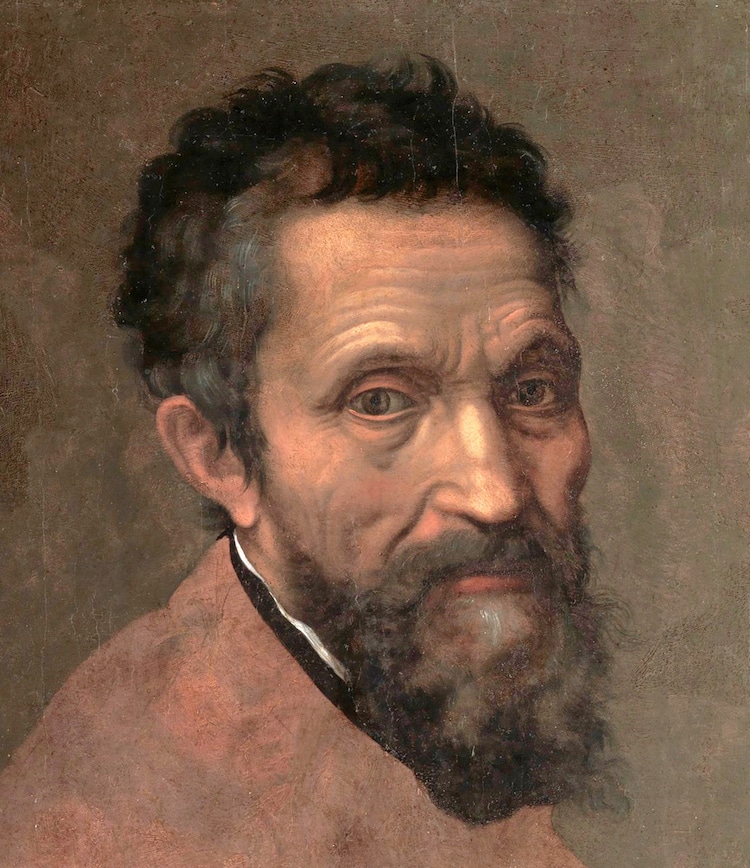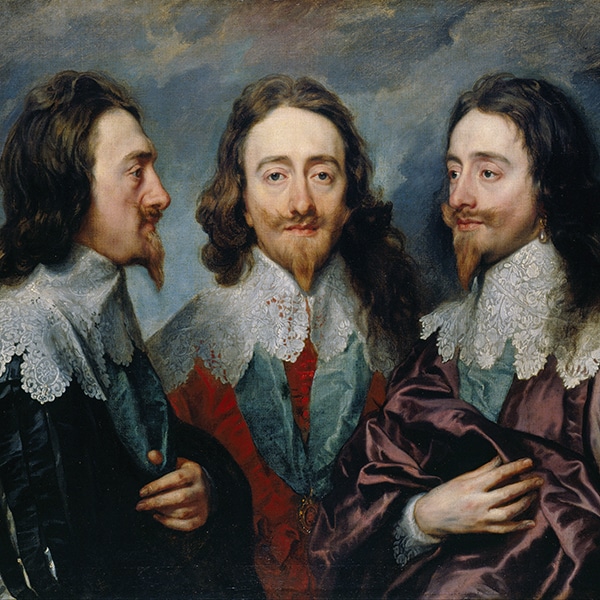Throughout history, no art movement has had an impact as profound as Italian Renaissance art. Regarded as a golden age of art, music, and literature, the period has inspired creatives for centuries, with iconic works by master artists like Leonardo da Vinci and Michelangelo serving as muses.
Here, we explore the history and trace the trends of the revolutionary movement, paying particular attention to the aesthetic characteristics and artistic techniques that define it.
What is the Italian Renaissance?
The Italian Renaissance occurred between the 14th and 17 centuries in Italy. Derived from the word Rinascimento, or “rebirth,” the Renaissance is generally seen as an enlightened age of art and architecture due to a renewed cultural interest in classical antiquity.
“The Early Renaissance” denotes the period between 1400 and 1490, when artists like Fra Angelico and Sandro Botticelli began to experiment with realism.

Sandro Botticelli, The Birth of Venus (1480s) (Photo: Uffizi via Wikimedia Commons)
Between 1490 and 1527, well-known Italian artists like Da Vinci, Michelangelo, and Raphael produced particularly celebrated works of art. This period of time is often referred to as the “High Renaissance.”
History
During the Dark Ages (approximately 500–1000 CE), Italian art was predominantly rooted in religion. In painting, this unique approach was characterized by spiritual iconography, flat compositions, unrealistic color palettes, and ethereal, otherworldly figures. In the 1300s, however, Italian artists based in Florence abandoned this distinctive aesthetic and adopted a more humanist approach to art. This time of change would eventually be known as the Italian Renaissance.
While the exact impetus of the Italian Renaissance is not known, many scholars believe that the shift was due to economic instability, as 14th century Italy's lack of investment opportunities prompted wealthy individuals to instead fund the arts. This increased interest in art lasted for several centuries and had a profound influence on Italian painting, sculpture, and architecture.

Pietro Perugino, Cappella Sistina (ca. 1481-1483) (Photo: via Wikimedia Commons)
Italian Renaissance Art
Painting
In painting, this new approach manifested as realistic depictions of people, as evident in Leonardo's iconic Mona Lisa. Using sfumato—a technique in which the artist forgoes bold outlines for soft, blurred edges—as well as realistic shadows and aerial perspective, Leonardo was able to produce a humanist and seemingly secular portrayal of a contemporaneous female figure.

Leonardo da Vinci, Mona Lisa (ca. 1503-1506) (Photo: Joconde Database via Wikimedia Commons)
Furthermore, unlike Medieval paintings—which often convey figures “floating” against ethereal backdrops—Renaissance scenes usually feature earthly backgrounds. In Raphael's Madonna of the Goldfinch, for example, the Virgin Mary, Jesus, and John the Baptist are placed in an ordinary, everyday scene in nature. This humanizes the holy family, culminating in a relatable and realistic depiction.

Raphael, Madonna of the Goldfinch (ca. 1505-1506) (Photo: Google Arts & Culture via Wikimedia Commons)
Frescoes
In addition to traditional works on canvas, Renaissance artists popularized another type of painting: the fresco.
Created by applying paint onto wet plaster, frescoes are valued for their matte aesthetic, richness of color, and long-lasting nature. They often adorn large surfaces, like Raphael's School of Athens on the walls of the Vatican's papal apartments, and Michelangelo's ceiling of the Sistine Chapel.

Raphael, The School of Athens (1511) (Photo: Vatican Museums via Wikimedia Commons)

Michelangelo, The Sistine Chapel Ceiling (1508-1512) (Photo: Jean-Christophe Benoist via Wikimedia Commons)
Sculpture
Much like the figures in Renaissance paintings, sculptures produced during this period convey an interest in realism. This is particularly evident in Michelangelo's figurative sculptures, like his iconic David statue. Employing contrapposto, or “counterpose,” David showcases a realistically balanced posture. Additionally, the figure exhibits lifelike features and detailed anatomy.

Michelangelo, David (ca. 1501-1504) (Photo: Jörg Bittner Unna via Wikimedia Commons)
This interest in realism and balance is also apparent in Michelangelo's Pietà, a dramatic sculpture of the Virgin Mary with her crucified son.

Michelangelo, Pieta (ca. 1498-1499) (Photo: Stanislav Traykov via Wikimedia Commons)
Architecture
On top of the fine arts, the Renaissance style is also evident in the architecture of the period. Led by Filippo Brunelleschi, the designer and architect behind Florence's famed duomo, or dome, Italian Renaissance architecture often conveys an interest in symmetry and balance.

Filippo Brunelleschi, Florence Duomo (1436) (Photo: Petar Milosevic via Wikimedia Commons)
Additionally, buildings of the era frequently feature columns, arches, and molding, as evident in the ornate façade of St. Peter's Basilica in Vatican City.

Donato Bramante, Michelangelo, Carlo Maderno and Gian Lorenzo Bernini, St. Peter's Basilica (1626) (Photo: Hadrien Volle via Wikimedia Commons)
Famous Renaissance Artists
Sandro Botticelli (1445–1510)

Self-portrait of Sandro Botticelli from his painting “Adoration of the Magi,” c. 1476 (Photo: Uffizi via Wikimedia Commons, Public domain)
Alessandro di Mariano di Vanni Filipepi (1445–1510), known as Sandro Botticelli, was a painter of the Florentine School. Though he dabbled in small, secular portraiture and religious depictions, he primarily painted large-scale scenes of Greek mythology—most notably the Birth of Venus and Primavera. While these pieces are regarded as some of the most famous Renaissance paintings, they were novel at the time of their creation due to their size and allegorical subject matter.
Famous works of art: Birth of Venus (c. 1486), Primavera (c. 1477–82)
Leonardo da Vinci (1452–1519)

Portrait of Leonardo da Vinci, attributed to Francesco Melzi, c. 1515–17 (Photo: Royal Collection via Wikimedia Commons, Public domain)
Often referred to as a “Renaissance man,” Leonardo da Vinci (1452–1519) specialized in a myriad of practices—from engineering, invention, and science to drawing, painting, and architecture. While countless well-known works compose his body of work, his mysterious Mona Lisa—an oil portrait of a seated female figure with a slight smile—is arguably his most famous painting. Like many other artists of his time, he also painted religious depictions, including the recently restored The Virgin and Child with St. Anne, as well as a self-portrait, titled Portrait of a Man in Red Chalk.
Famous works of art: Lady With an Ermine (1489–91), Vitruvian Man (c. 1492), The Last Supper (1498), Mona Lisa (1503–1516)
Michelangelo (1475–1564)

Portrait of Michelangelo, attributed to Daniele da Volterra, c. 1545 (Photo: Metropolitan Museum of Art via Wikimedia Commons, Public domain)
Renowned for his attention to detail and his knowledge of human anatomy, Michelangelo di Lodovico Buonarroti Simoni is celebrated as one of history's finest sculptors. During his lifetime (1475–1564), the Florentine artist created several marble masterpieces admired for their lifelike aesthetic. In addition to sculpting, Michelangelo was also skilled in architecture, poetry, and painting. He is most often associated with his frescoes, like the Sistine Chapel ceiling and the adjacent painting, The Last Judgment, which have been regarded as masterpieces for centuries.
Famous works of art: Pietà (1498–99) David ( 1501–4), Sistine Chapel ceiling (1508–12), Dying Slave (1513–1516)
Raphael (1482–1520)

Raphael, “Self Portrait,” 1504–1506 (Photo: Wikimedia Commons, Public domain)
Raffaello Sanzio da Urbino, or Raphael (1482–1520), is held today as a master of form and composition. Although he died at just 37 years old, the Italian architect and painter left behind a vast body of work. He is primarily known for his Madonna paintings, including his vivid Madonna in the Grass, as well as the fresco, The School of Athens, which he produced for the Vatican.
Famous works of art: Wedding of the Virgin (1504), School of Athens (1511), The Transfiguration (1520)
Read about more famous Renaissance artists.
Legacy
Today, the Italian Renaissance is perceived as the pinnacle of art history. With an emphasis on balance and an appreciation for humanism, art produced during this period has influenced contemporary art, as evident in everything from photorealistic depictions to lifelike sculptures. Additionally, many Renaissance masterworks have become fixtures in everyday life, appearing as everyday advertisements and art history accessories.
This article has been edited and updated.
Related Articles:
17 Renaissance-Inspired Creations Appearing at Burning Man 2016
Classical Paintings Seamlessly Interact With Modern-Day Italy
Ordinary Suburban Home Is Hiding a Luxurious Renaissance-Era Castle Inside
Auto Mechanics Pose Dramatically to Recreate Renaissance Paintings























































































